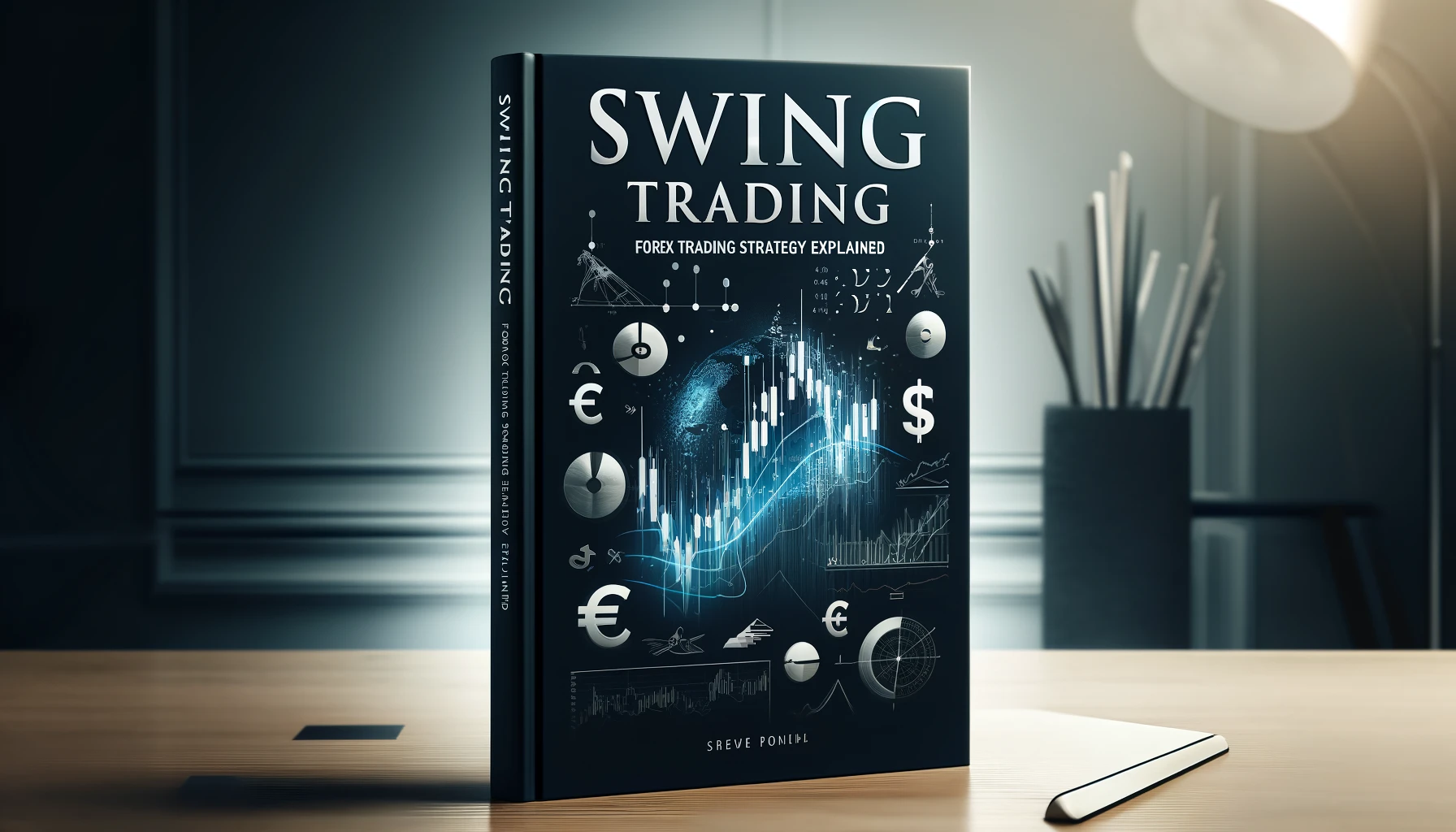Swing trading is a popular forex trading strategy that seeks to capture short- to medium-term price movements in the market. This strategy allows traders to take advantage of price swings, holding positions for several days to weeks. In this article, we will explain the fundamentals of swing trading, its benefits, and effective strategies to help you succeed in the forex market.
What is Swing Trading?
Swing trading involves taking advantage of price swings in the forex market. Traders aim to profit from upward or downward movements in currency pairs over a period of days or weeks. Unlike day trading, which requires closing positions by the end of the trading day, swing traders hold their positions for longer durations, allowing them to capitalize on market trends and capture more significant price movements.
Benefits of Swing Trading
Swing trading offers several advantages, making it an attractive option for many traders:
- Flexibility: Swing trading does not require constant monitoring of the markets. Traders can analyze the market during their free time and make informed decisions without the need for frequent trading.
- Lower Stress: Holding positions for longer periods reduces the stress associated with day trading. Traders can avoid the pressure of making quick decisions and instead focus on analyzing market trends.
- Potential for Higher Returns: By capturing more significant price movements, swing traders can achieve higher returns compared to short-term trading strategies.
- Balanced Approach: Swing trading balances the benefits of short-term and long-term trading, providing opportunities for profit while minimizing the risks associated with holding positions for extended periods.
Key Concepts in Swing Trading
To succeed in swing trading, it is essential to understand and apply several key concepts:
Technical Analysis
Technical analysis is the backbone of swing trading. Traders use various tools and indicators to analyze historical price data and identify potential entry and exit points. Commonly used tools include moving averages, trend lines, support and resistance levels, and technical indicators like the Relative Strength Index (RSI) and Moving Average Convergence Divergence (MACD).
Fundamental Analysis
While technical analysis plays a significant role in swing trading, fundamental analysis should not be ignored. Understanding the underlying economic factors that influence currency prices can help traders make more informed decisions. Key economic indicators such as GDP growth, employment data, and central bank policies can impact market trends and should be considered in a comprehensive swing trading strategy.
Risk Management
Effective risk management is crucial in swing trading. Traders should always use stop-loss orders to protect their capital and limit potential losses. Additionally, position sizing and risk-reward ratios should be carefully calculated to ensure that each trade aligns with the trader’s overall risk tolerance and trading plan.
Swing Trading Strategies
Several swing trading strategies can help traders capitalize on market opportunities. Here are some of the most popular strategies:
Trend Following
Trend following is a straightforward swing trading strategy that involves identifying and trading in the direction of the prevailing market trend. Traders use moving averages and trend lines to spot trends and enter positions accordingly. By following the trend, traders aim to ride the wave of market momentum and maximize their profits.
Counter-Trend Trading
Counter-trend trading involves identifying potential reversals in the market and trading against the prevailing trend. Traders use technical indicators such as RSI and MACD to identify overbought or oversold conditions, signaling a potential reversal. This strategy requires careful analysis and precise timing to avoid getting caught in a continuing trend.
Breakout Trading
Breakout trading focuses on identifying key levels of support and resistance and entering positions when the price breaks through these levels. Traders use chart patterns such as triangles, rectangles, and head and shoulders to spot potential breakouts. By entering trades at the breakout point, traders aim to capture significant price movements that follow the breakout.
Pullback Trading
Pullback trading involves entering positions after a temporary price retracement within a larger trend. Traders use Fibonacci retracement levels, moving averages, and support and resistance levels to identify potential pullback areas. By entering trades during pullbacks, traders can achieve better entry prices and ride the trend’s continuation.
Tools for Swing Trading
Several tools can enhance the effectiveness of swing trading strategies:
- Trading Platforms: Reliable trading platforms like MetaTrader 4 (MT4) and MetaTrader 5 (MT5) offer advanced charting tools, technical indicators, and automated trading capabilities.
- Economic Calendars: Staying informed about upcoming economic events and data releases is crucial for swing traders. Economic calendars from websites like Investing.com provide timely updates on key events.
- Technical Analysis Tools: Platforms like TradingView offer comprehensive charting and analysis tools, enabling traders to conduct detailed technical analysis and identify trading opportunities.
Tips for Successful Trading
Here are some tips to help you succeed in swing trading:
- Stay Informed: Keep up with the latest market news and developments. Understanding the broader economic context can help you make more informed trading decisions.
- Be Patient: Swing trading requires patience and discipline. Avoid the temptation to overtrade and wait for high-probability setups to increase your chances of success.
- Keep a Trading Journal: Maintain a trading journal to record your trades, strategies, and outcomes. Reviewing your journal can help you identify patterns and improve your trading performance over time.
- Continuous Learning: The forex market is constantly evolving, and continuous learning is essential. Consider joining trading communities, taking online courses, and reading books to stay updated with the latest strategies and techniques.
Conclusion
Swing trading offers a balanced approach to forex trading, allowing traders to capture significant price movements while avoiding the stress of day trading. By understanding key concepts, applying effective strategies, and using the right tools, you can enhance your swing trading performance and achieve consistent success in the forex market.


